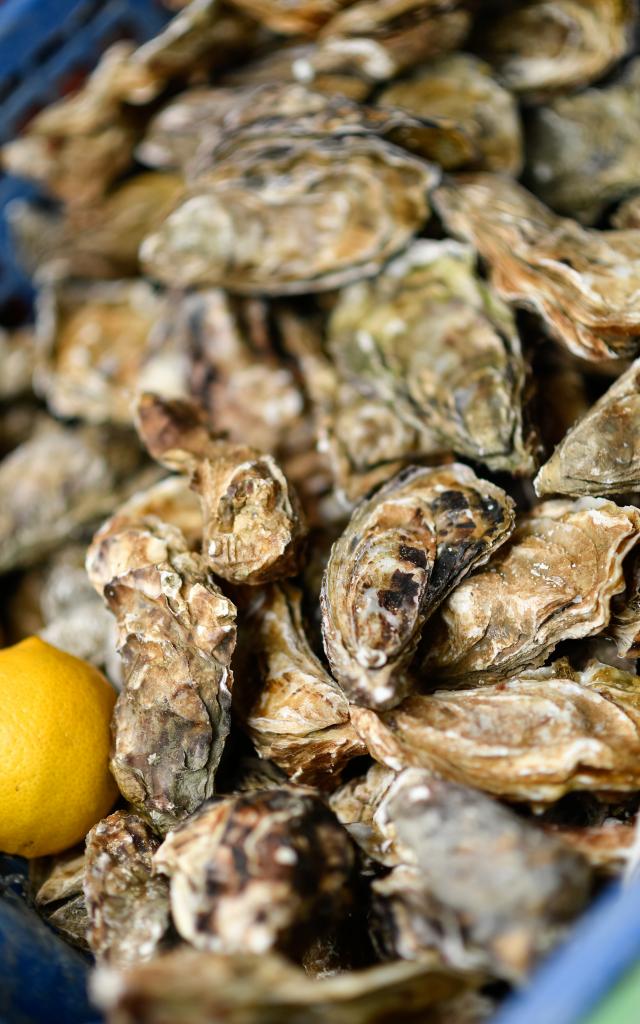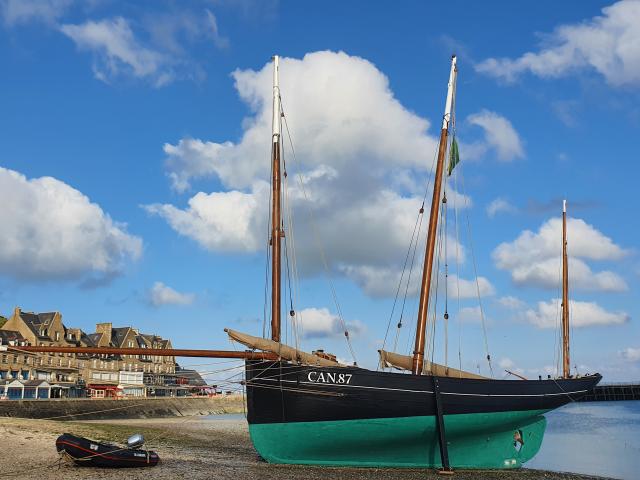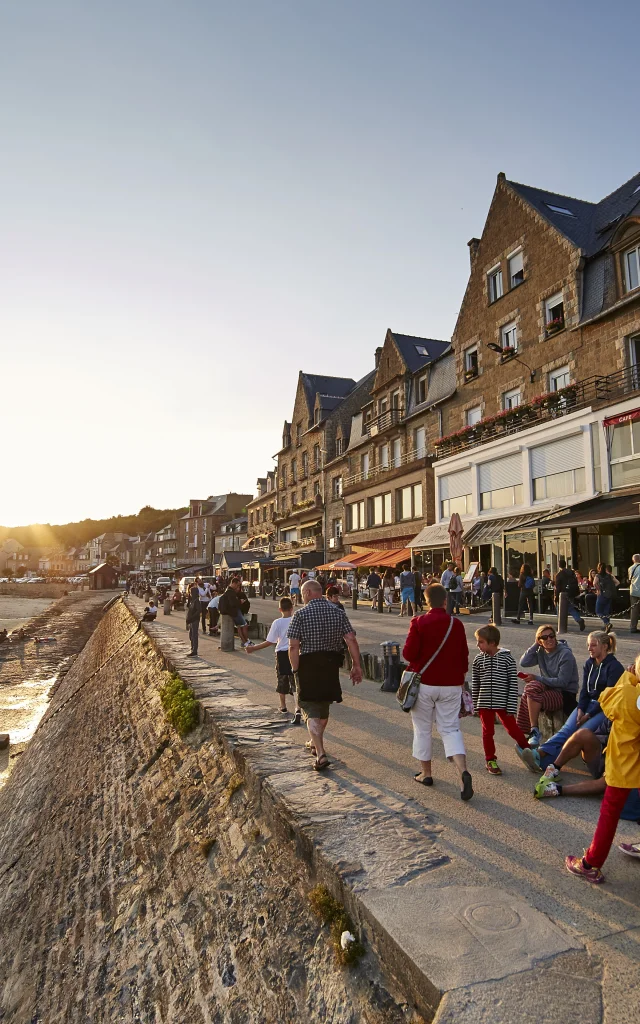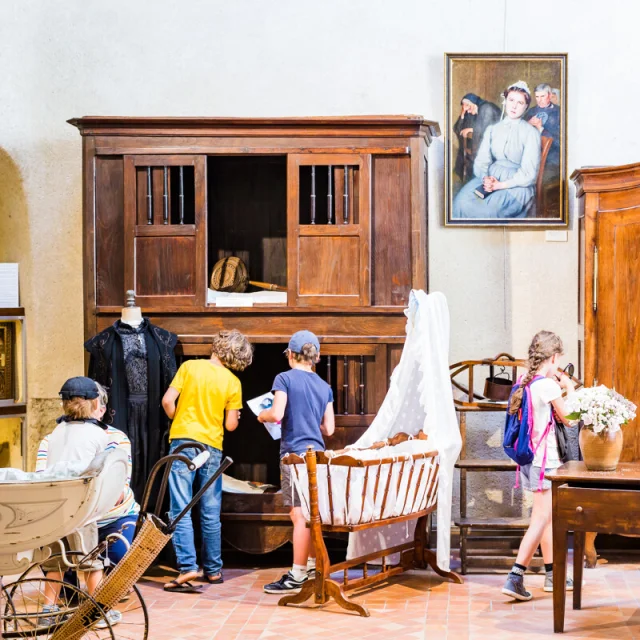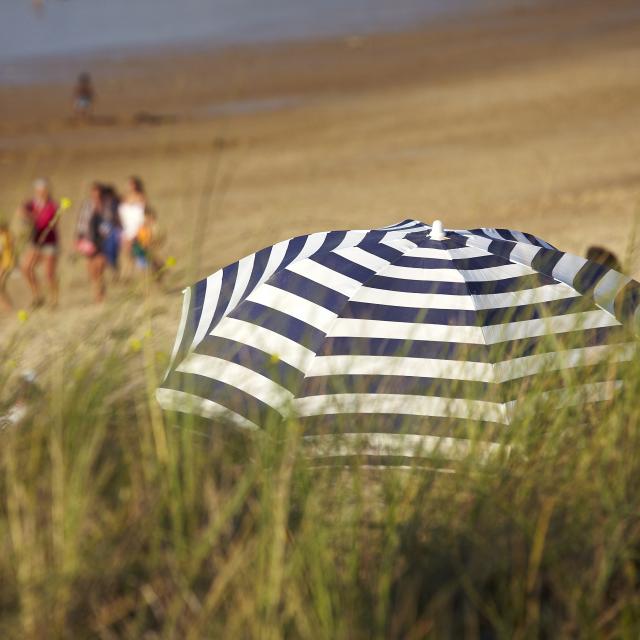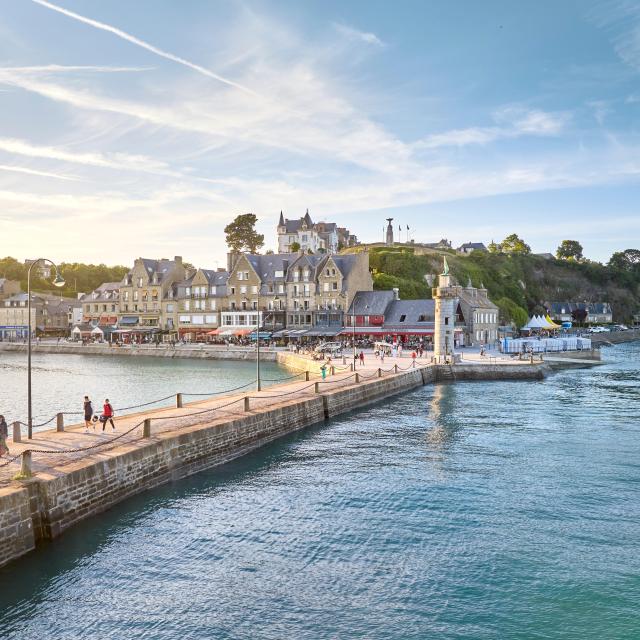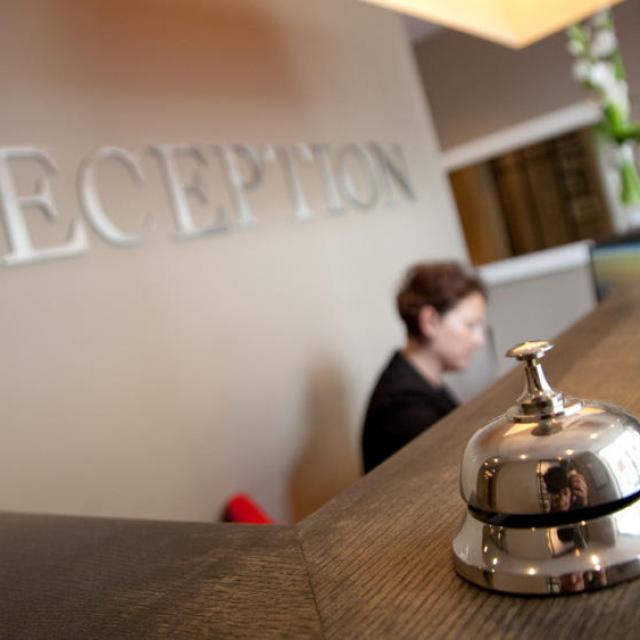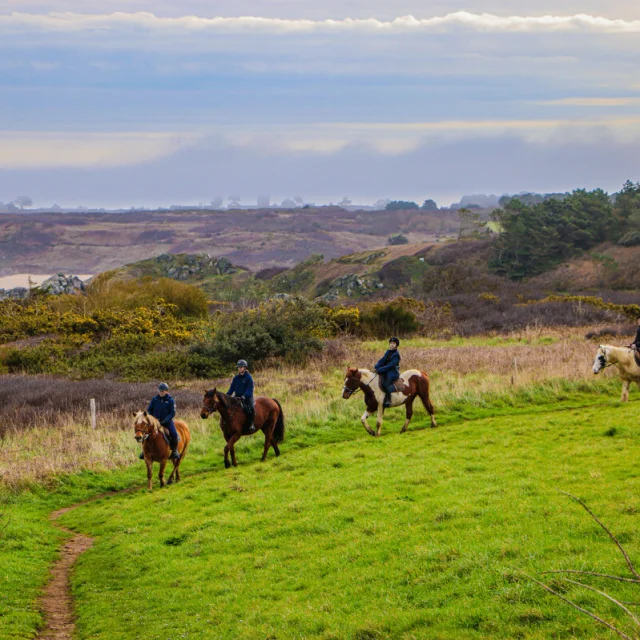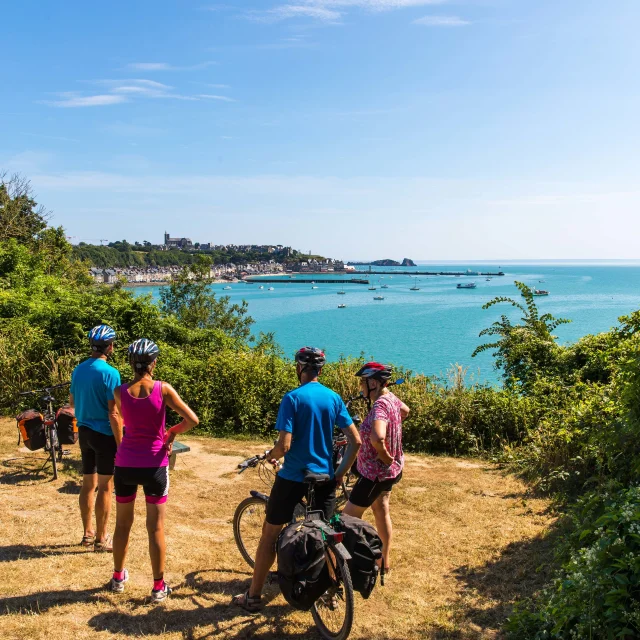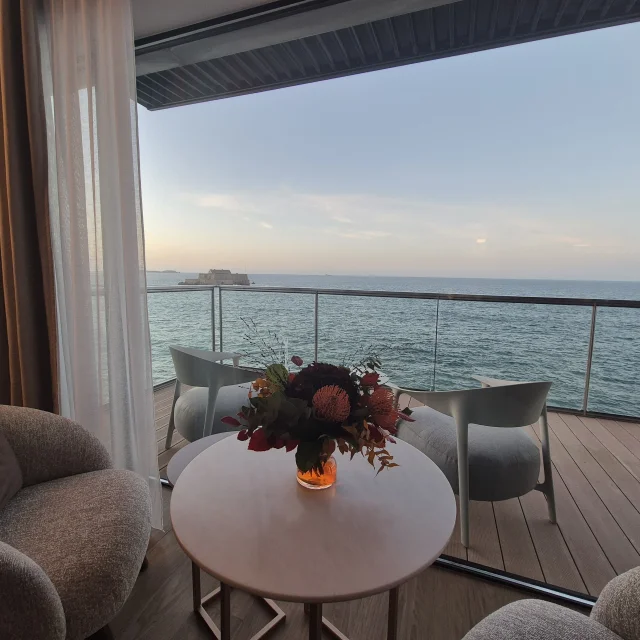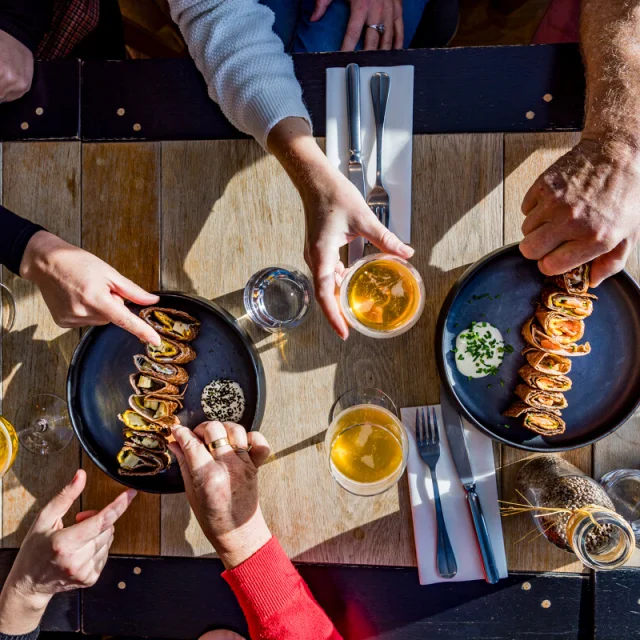The best view of the oyster beds: Pointe du Hock
We begin our walk by descending the GR 34 from Pointe du Hock (behind the church), which is where you’ll get the best view of the oyster beds, which can be made out at high tide and revealed at low tide. On arrival, you’ll find the oyster market, where you can buy the finest Cancalaises oysters. Here, you can enjoy your oyster tasting in front of one of the most beautiful panoramas of our destination. From here, stretching from the Cancale rock in the north to just outside Saint-Benoit des Ondes, the oyster beds form a grid. Piles worked by the tides and tables where bags full of oysters are laid, young or not so young, growing or ready to be eaten. Be careful, don’t venture into the parks without a good pair of boots.
 Parcs A Huitres Cancale Smbmsm 2559
Parcs A Huitres Cancale Smbmsm 2559 Balade Familiale Sur La Cale De La Fenetre Port De La Houle Cancale Alexandre Lamoureux 2793
Balade Familiale Sur La Cale De La Fenetre Port De La Houle Cancale Alexandre Lamoureux 2793 Port de Cancale
Port de Cancale
